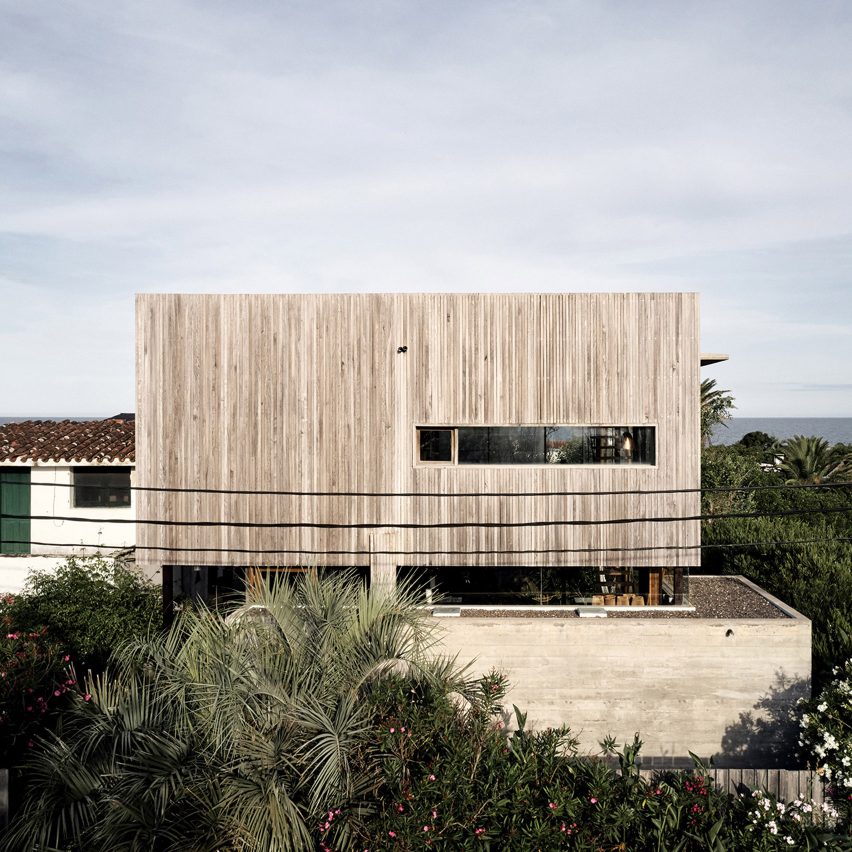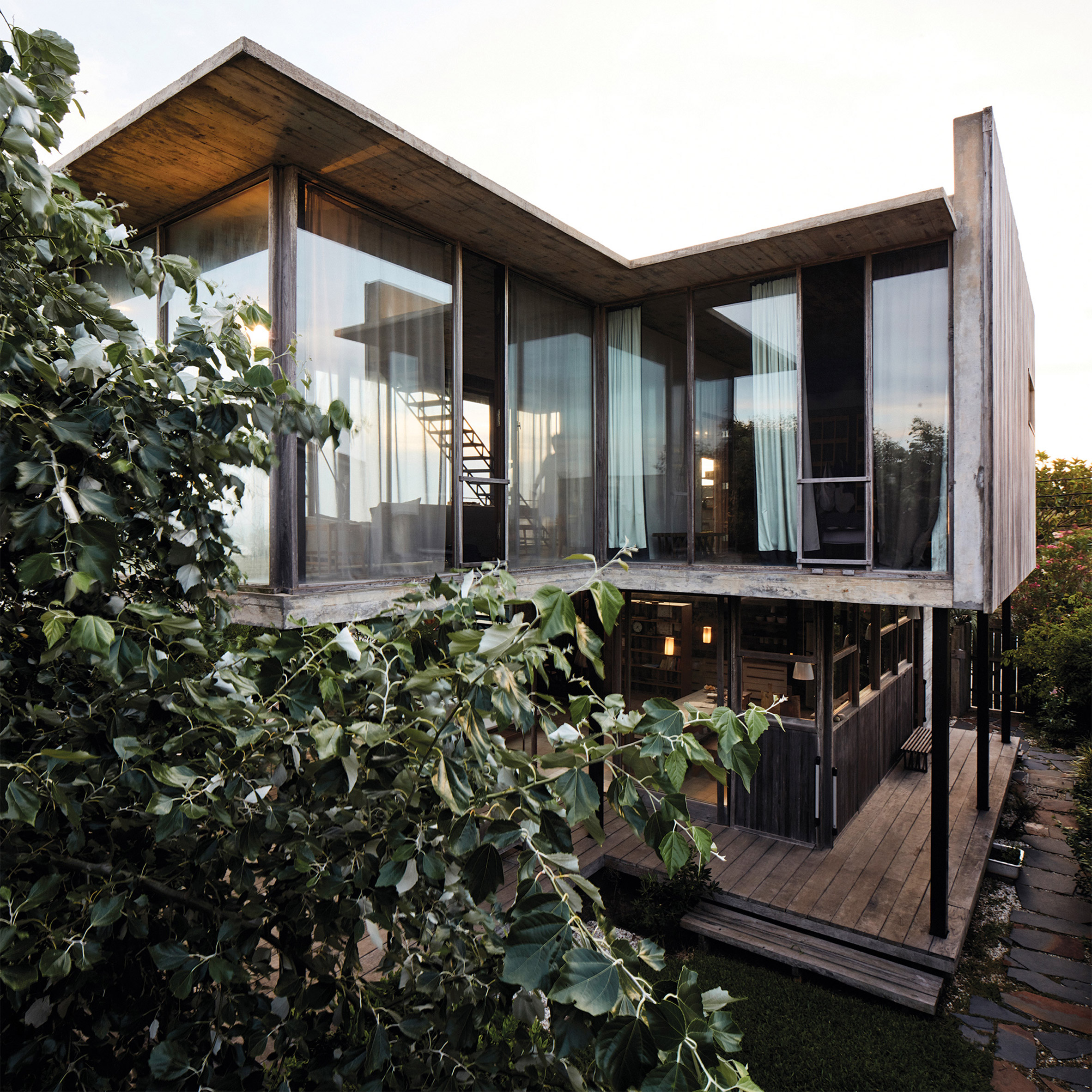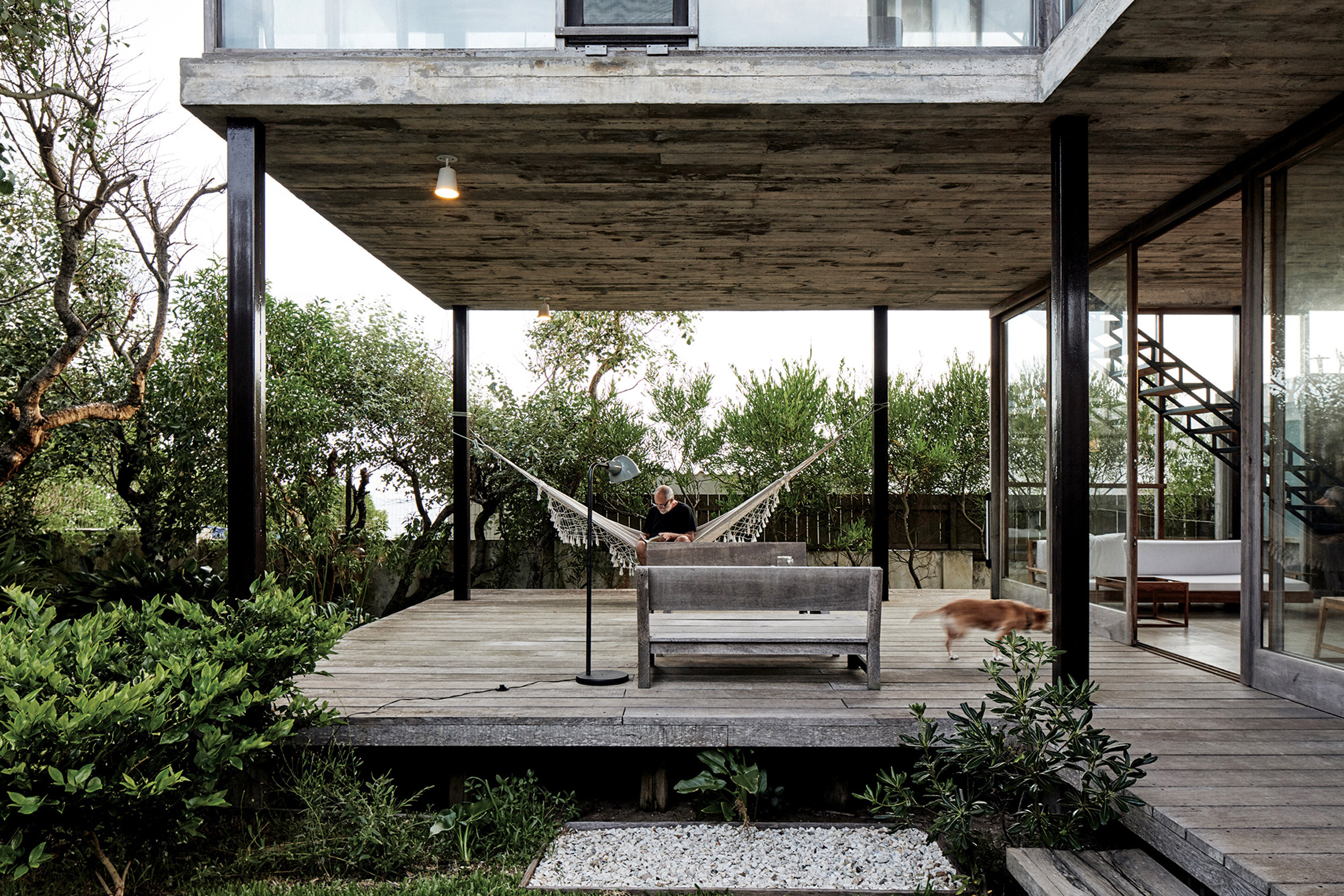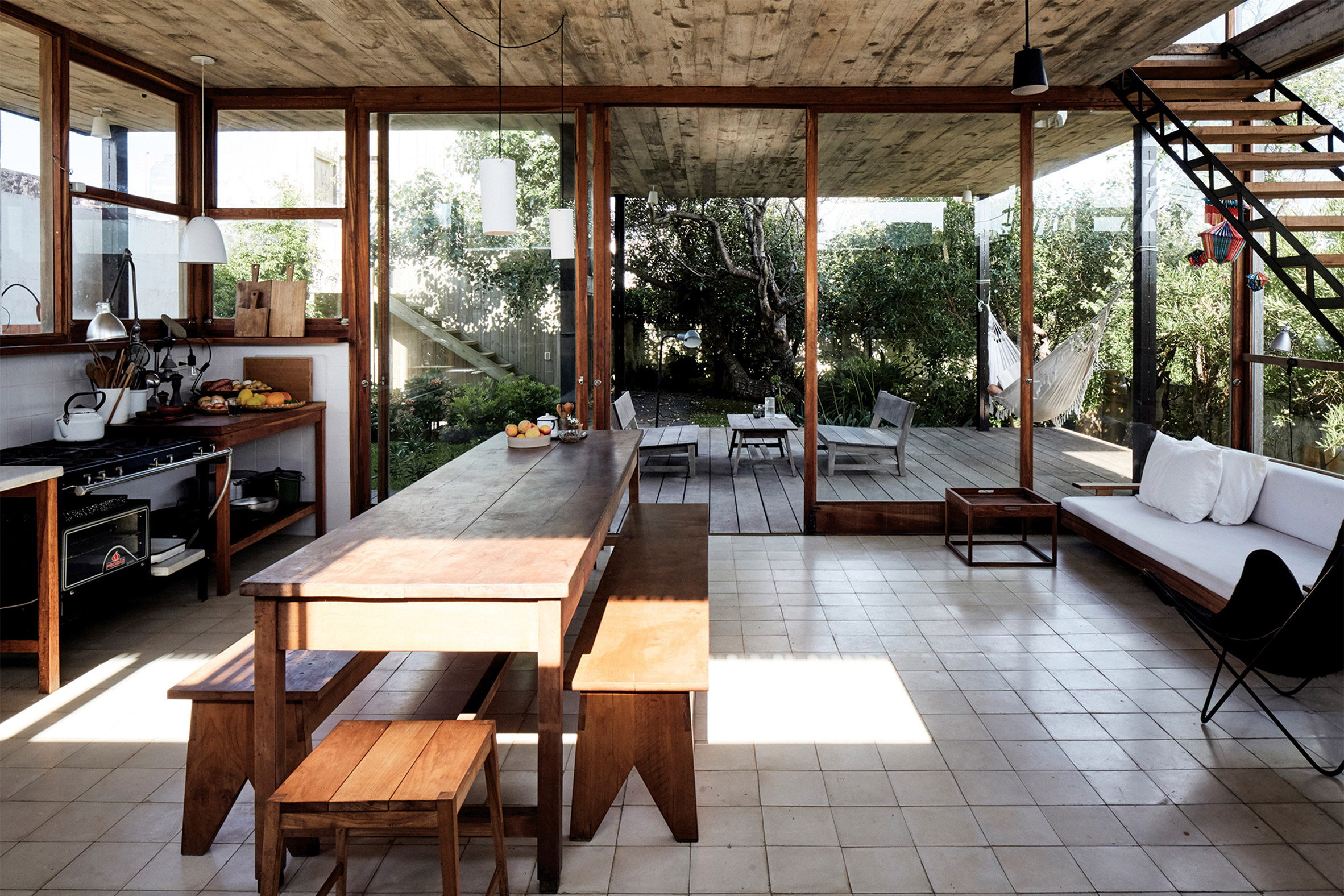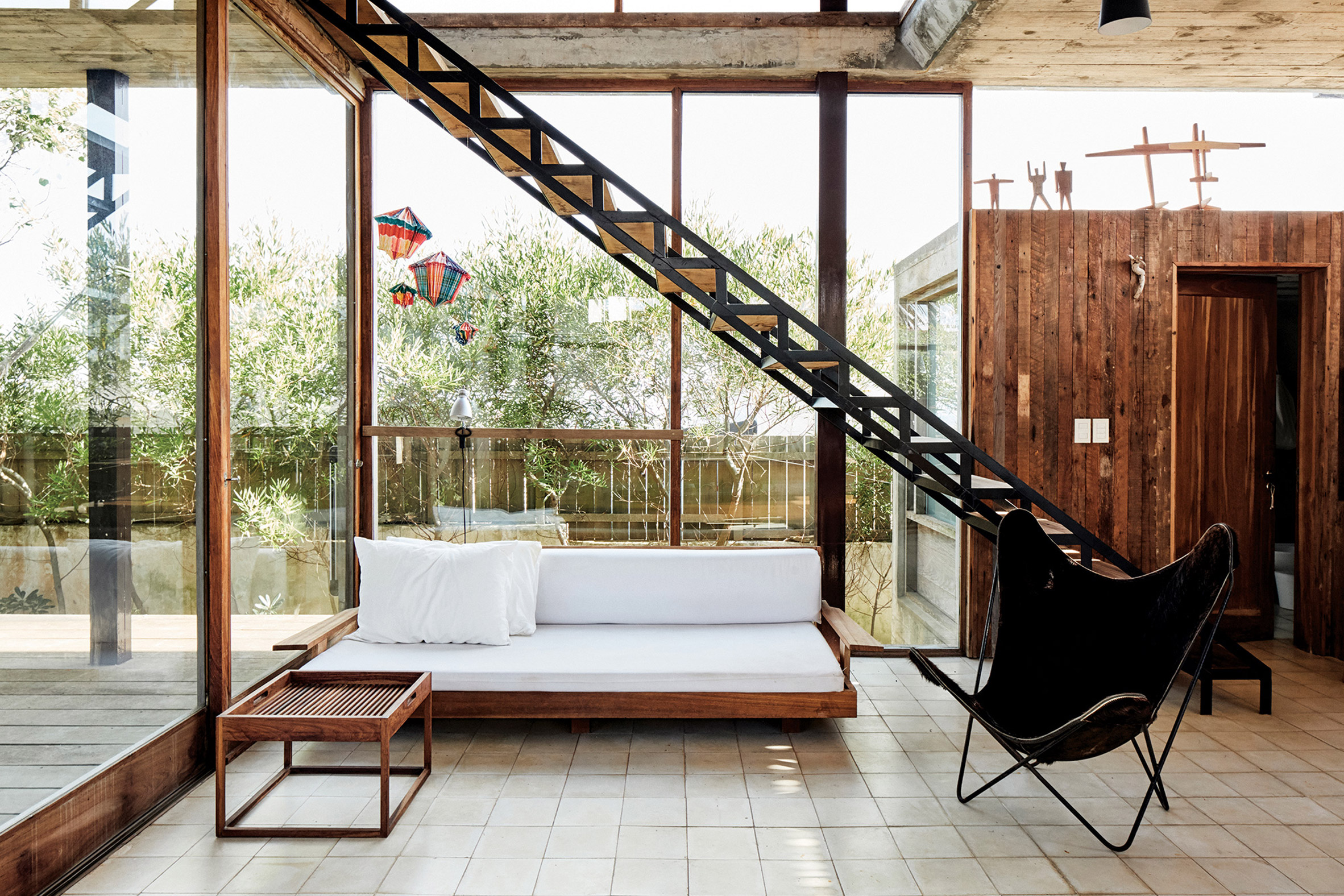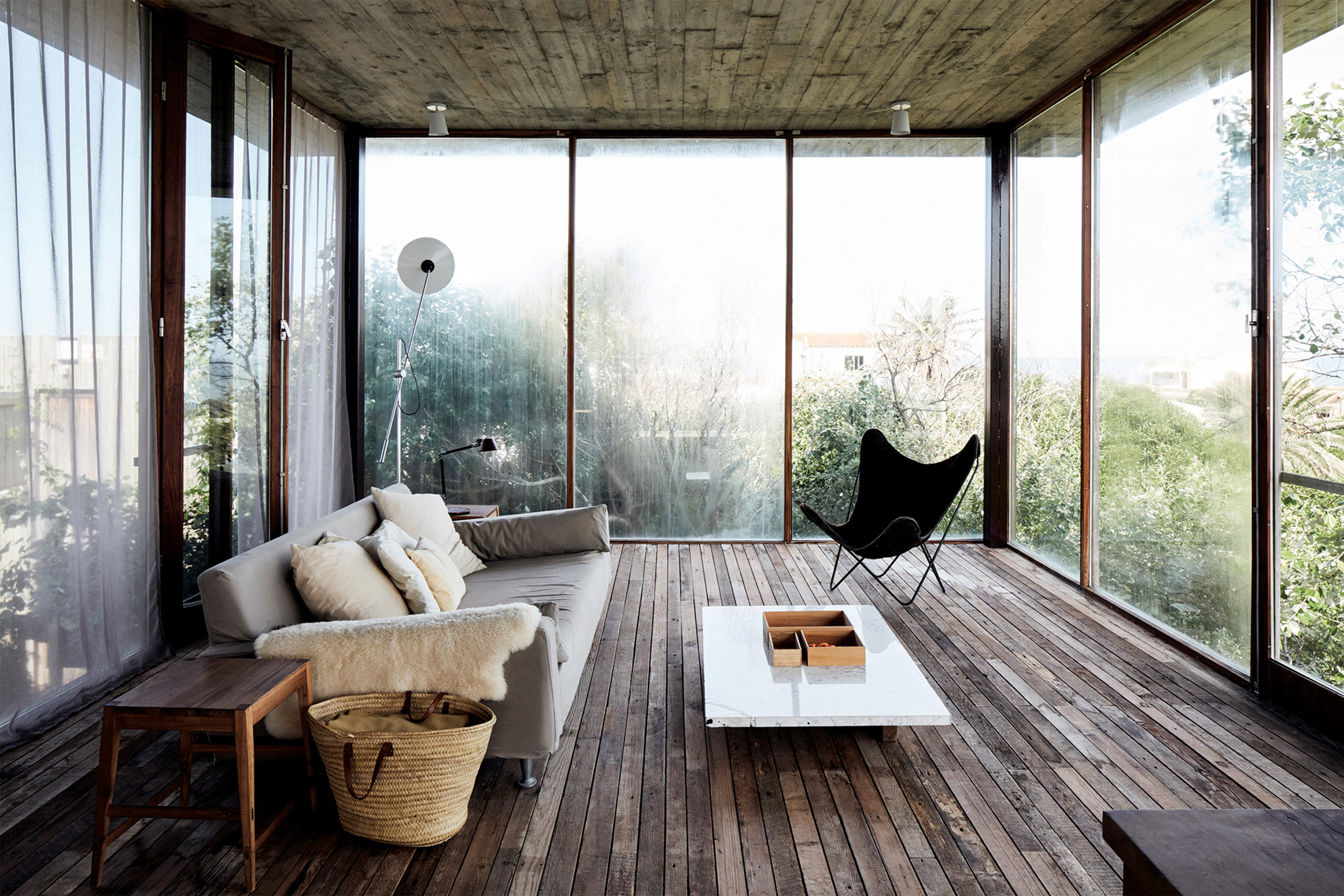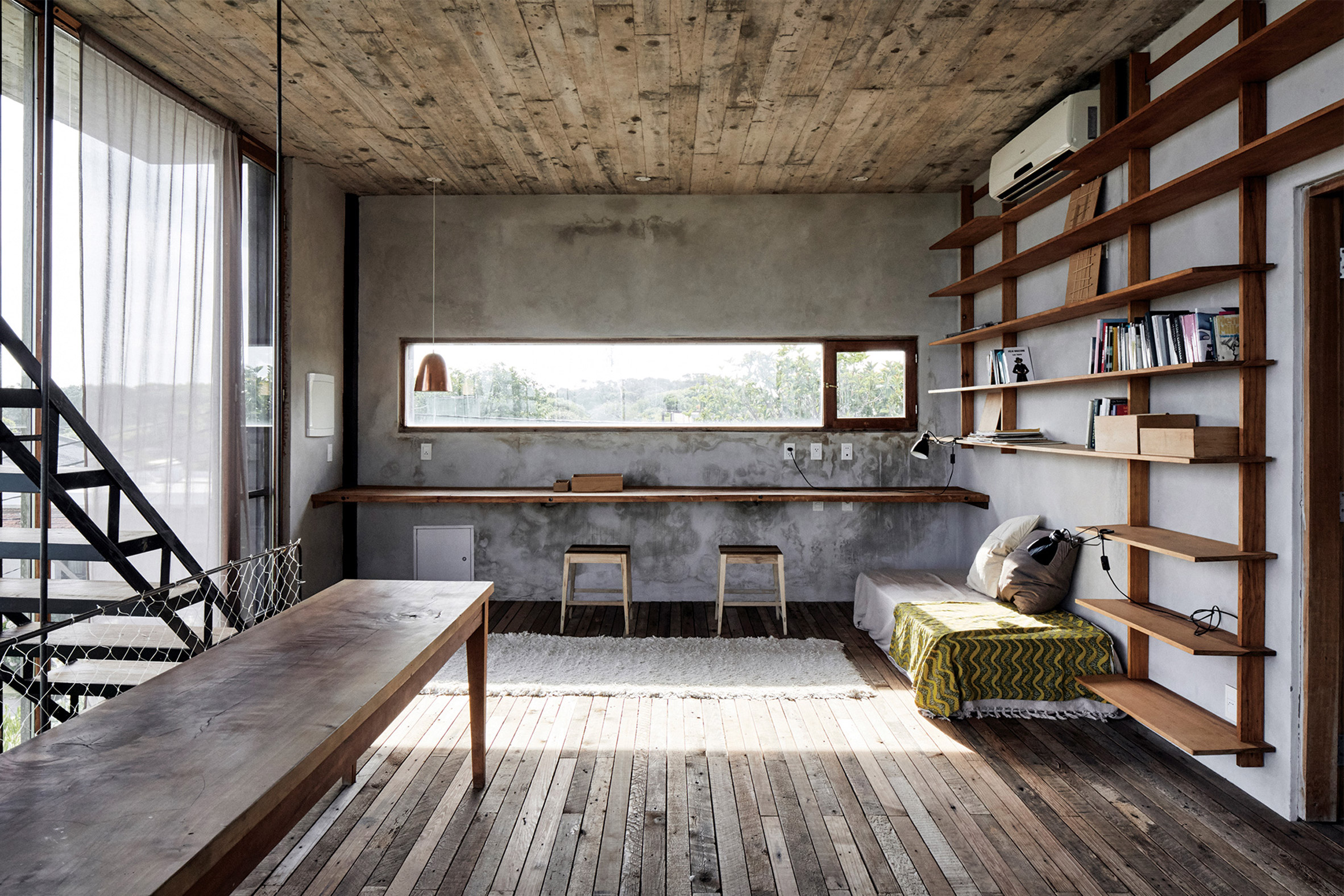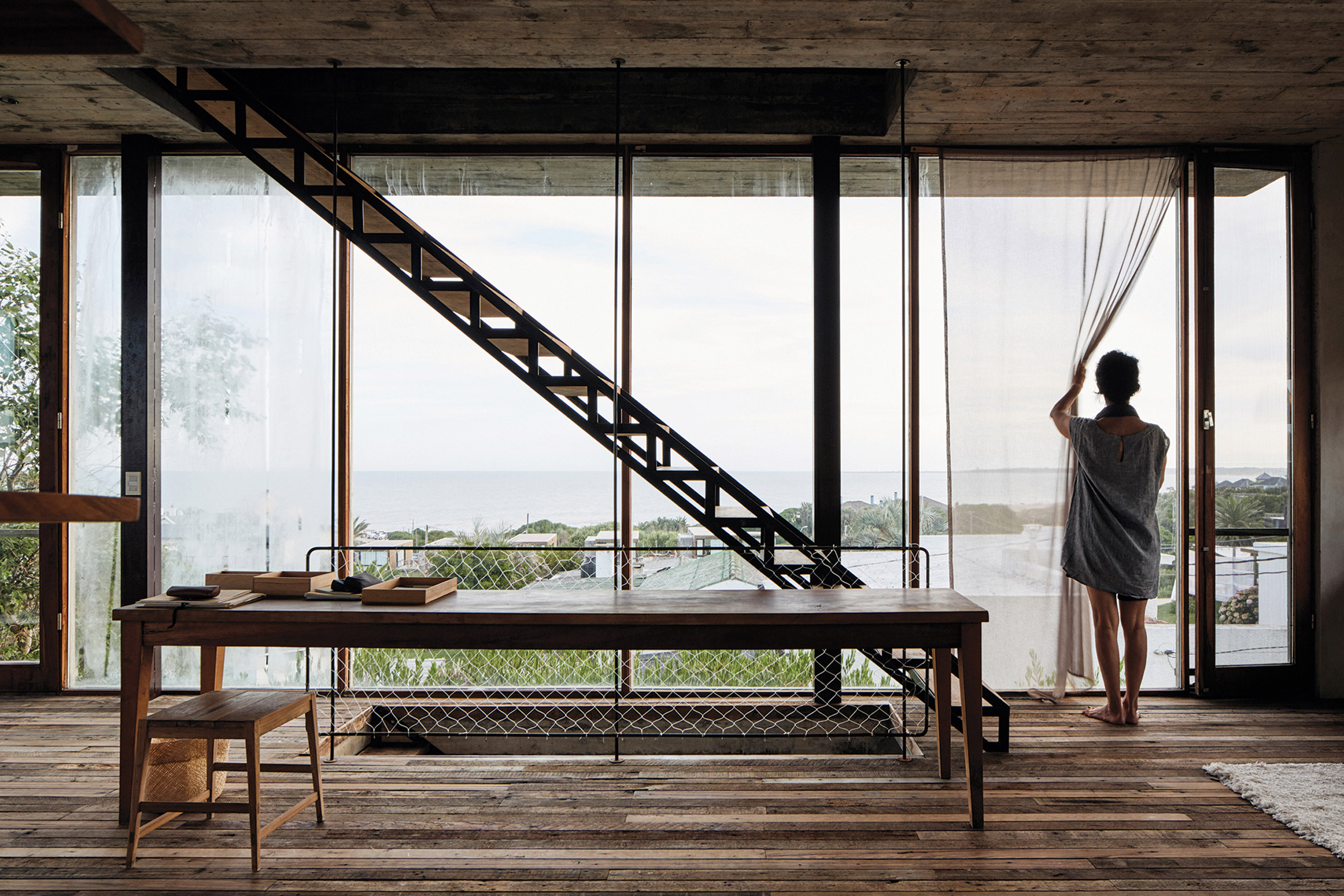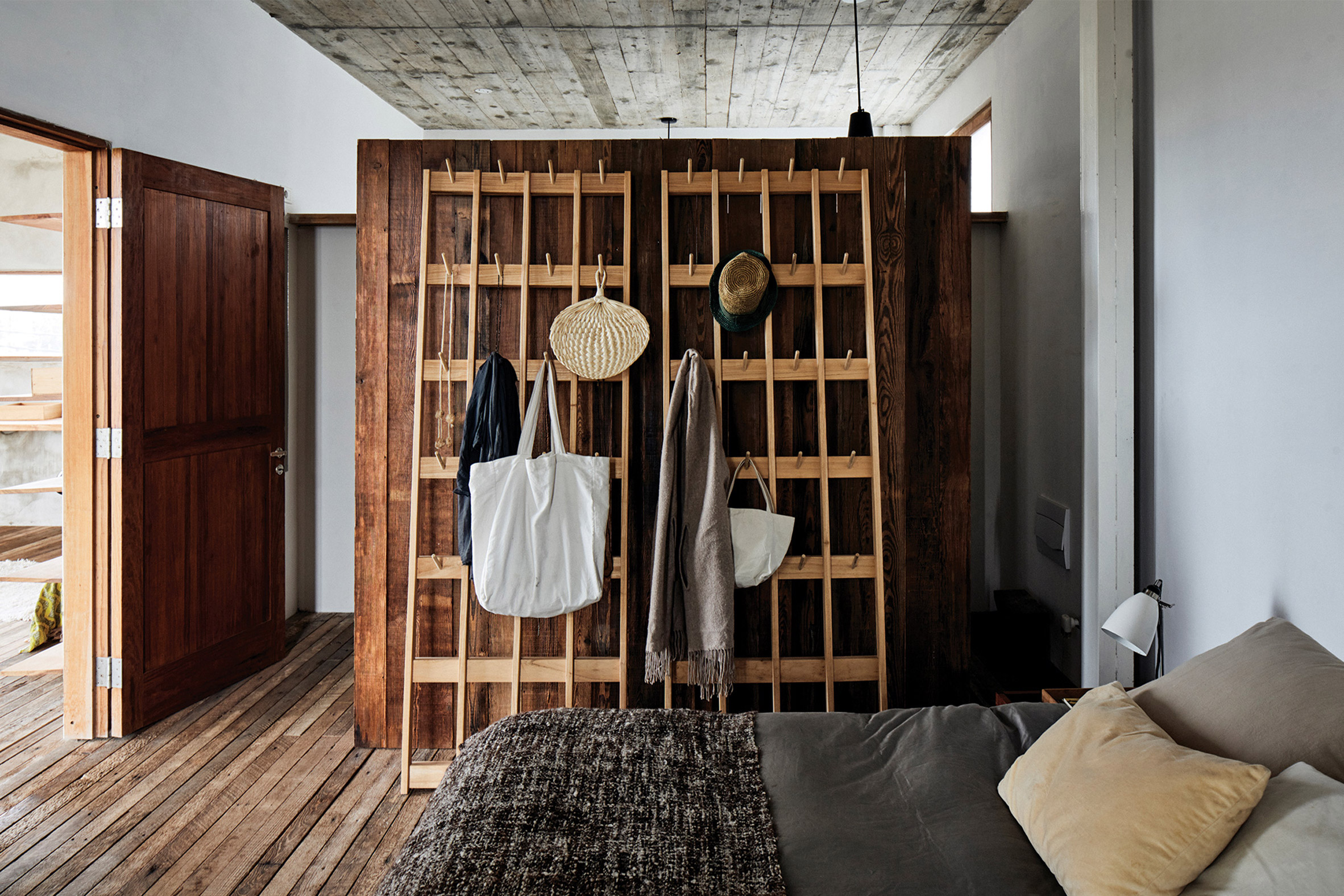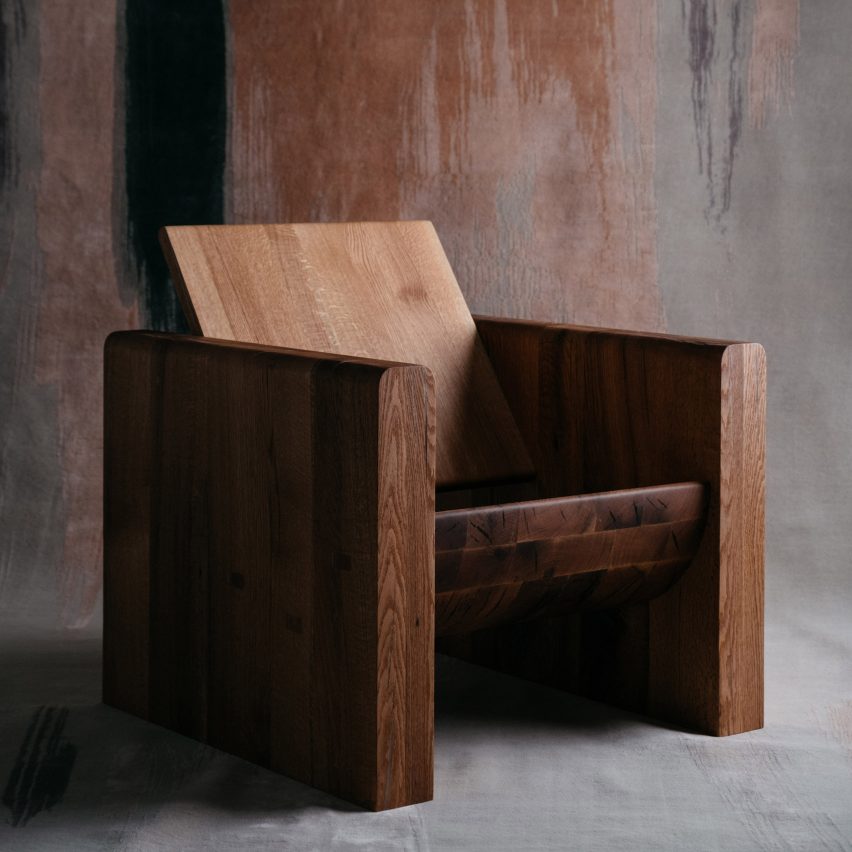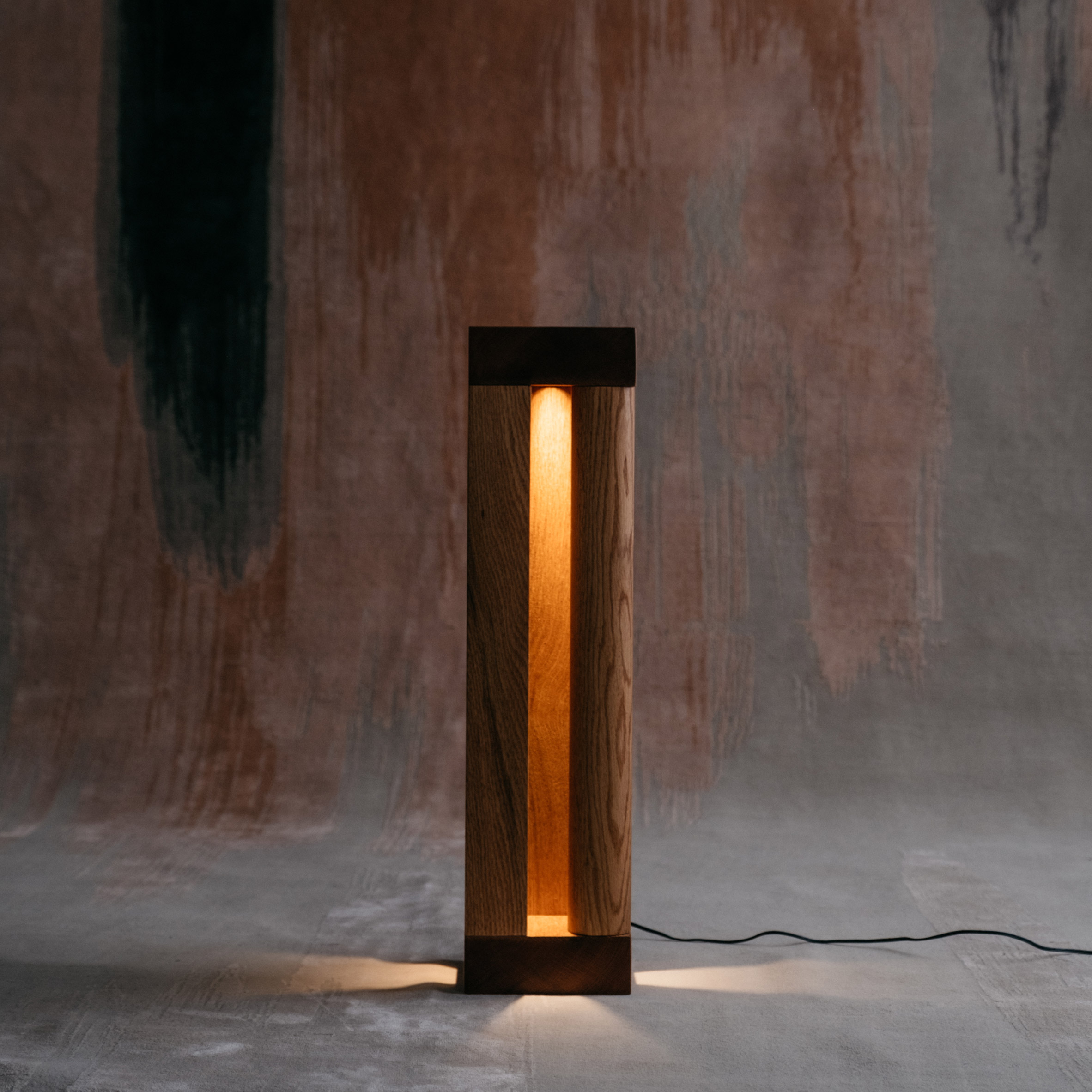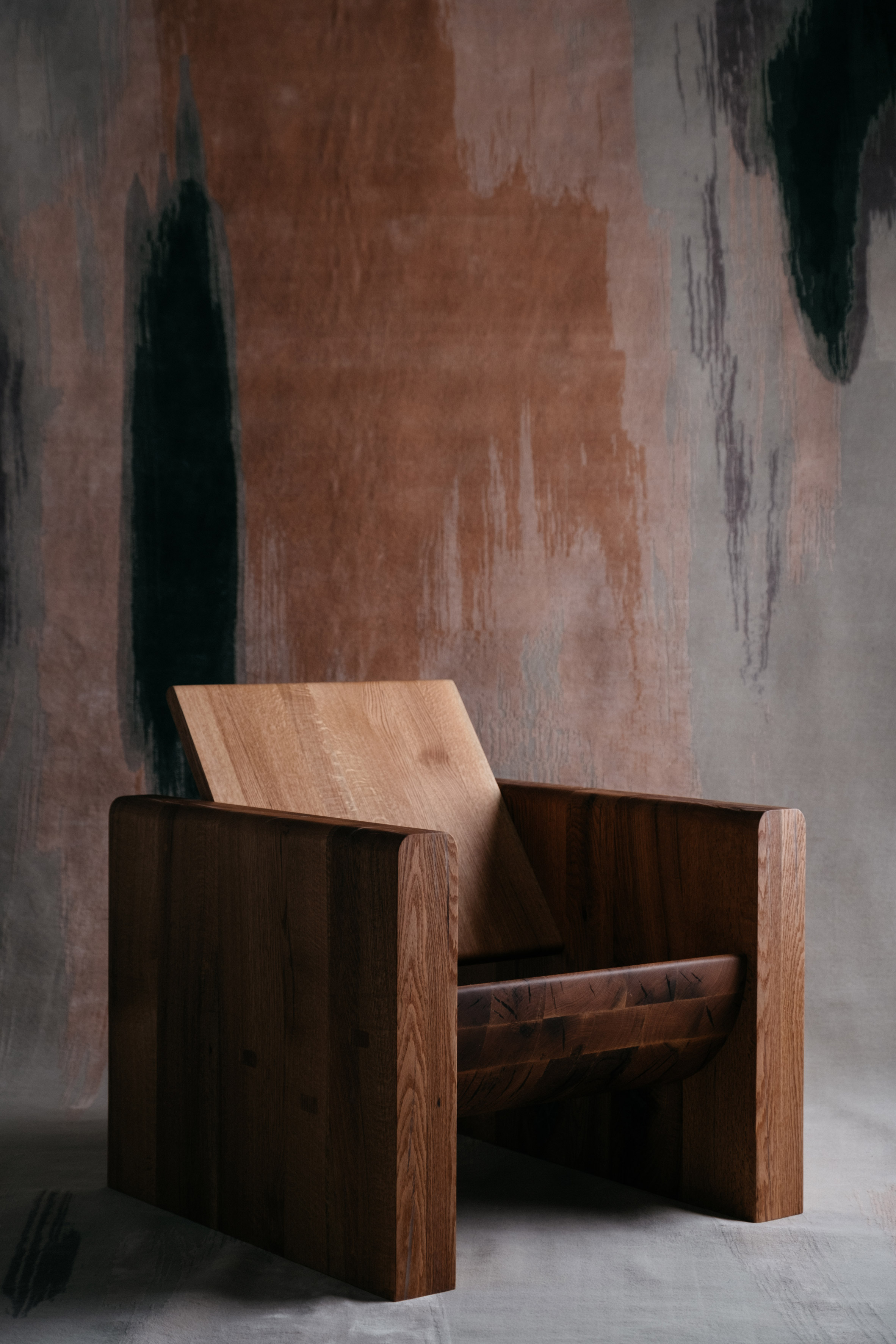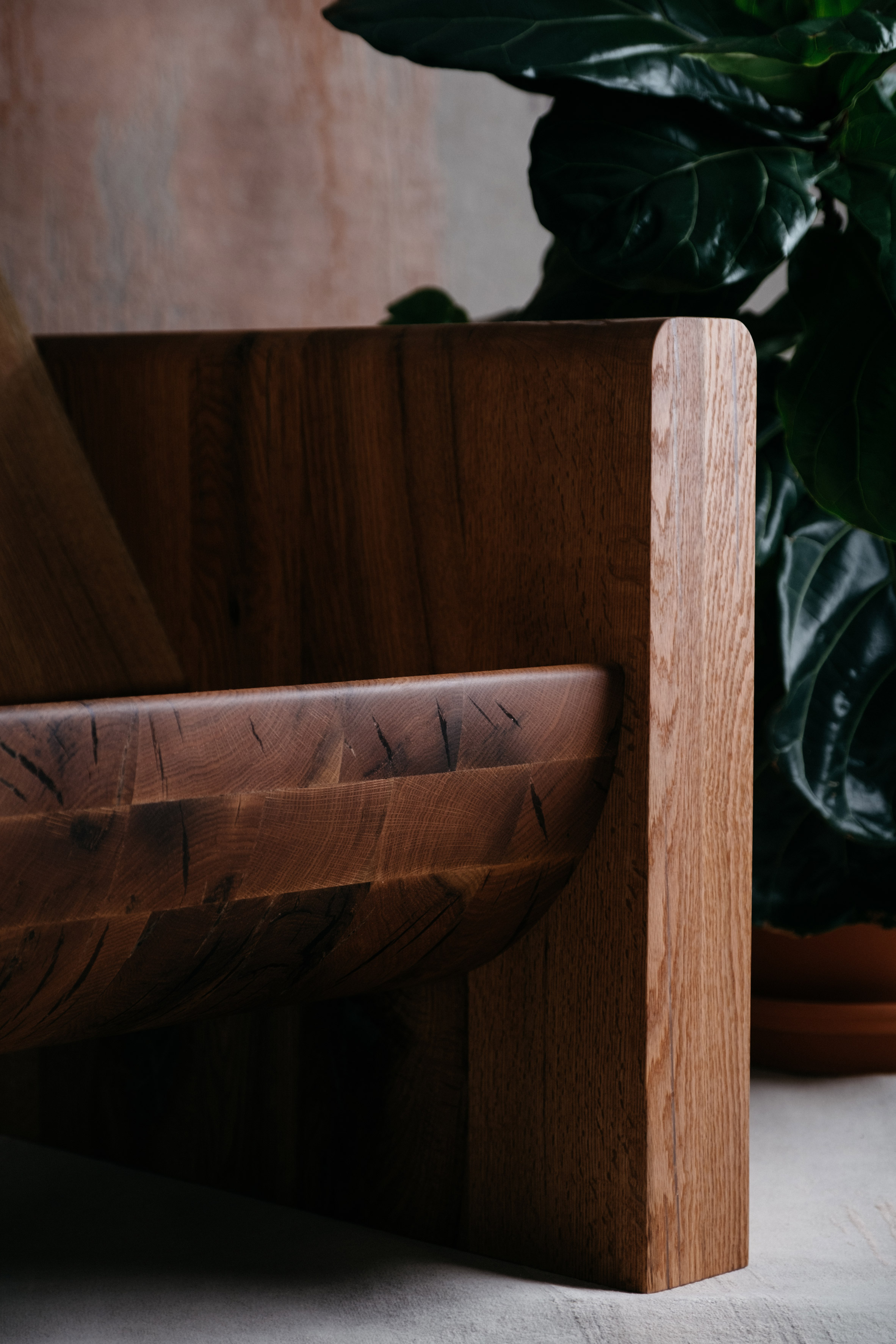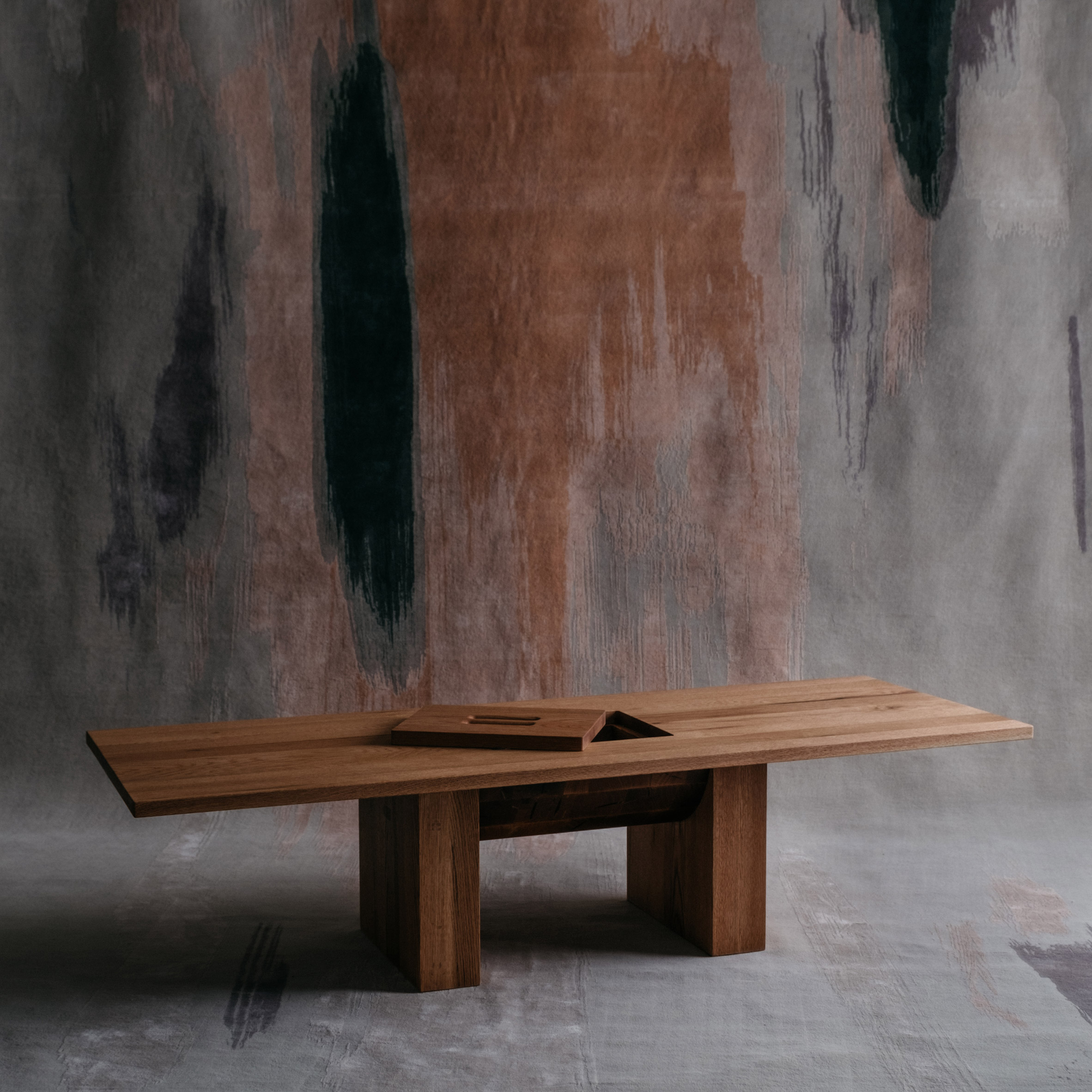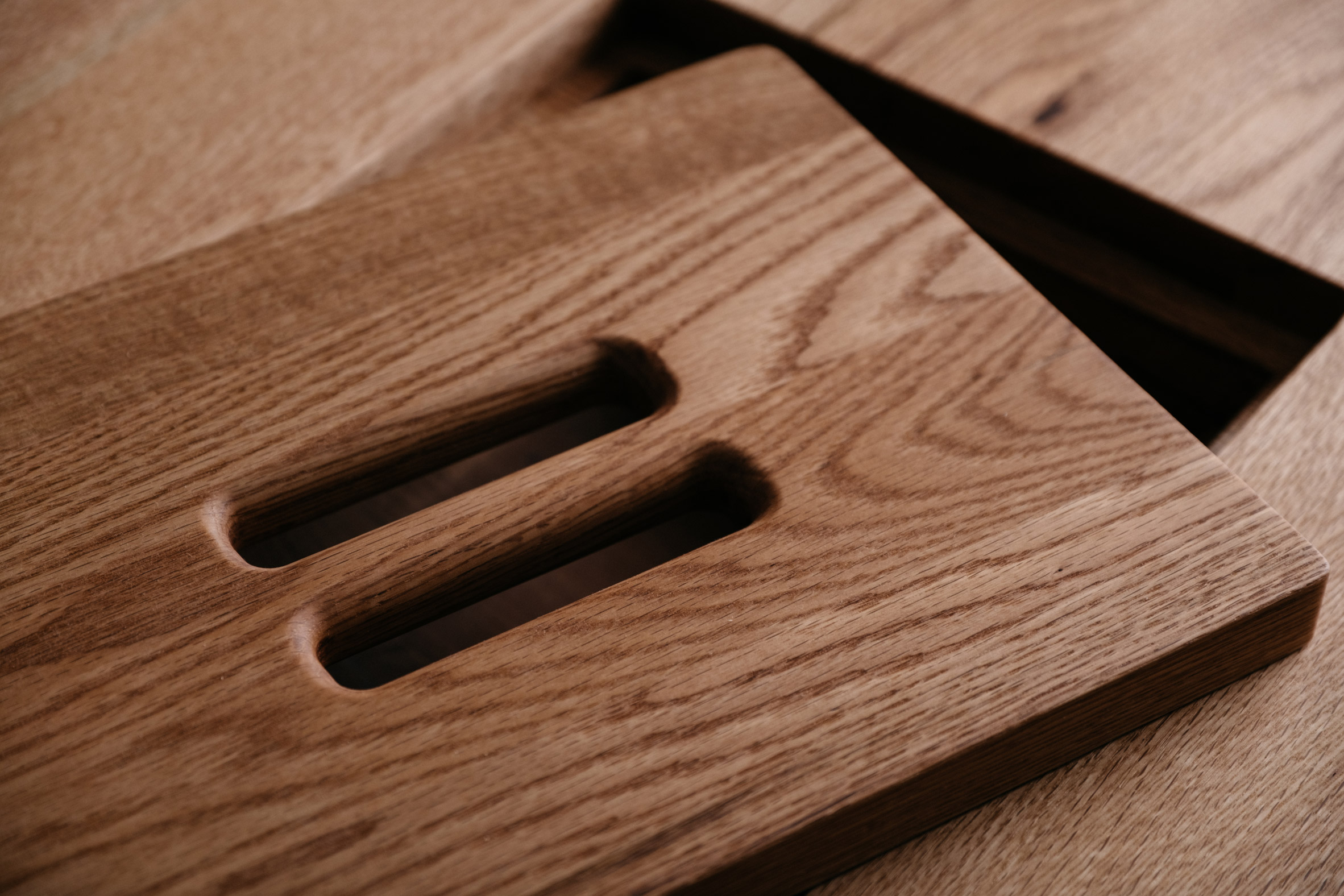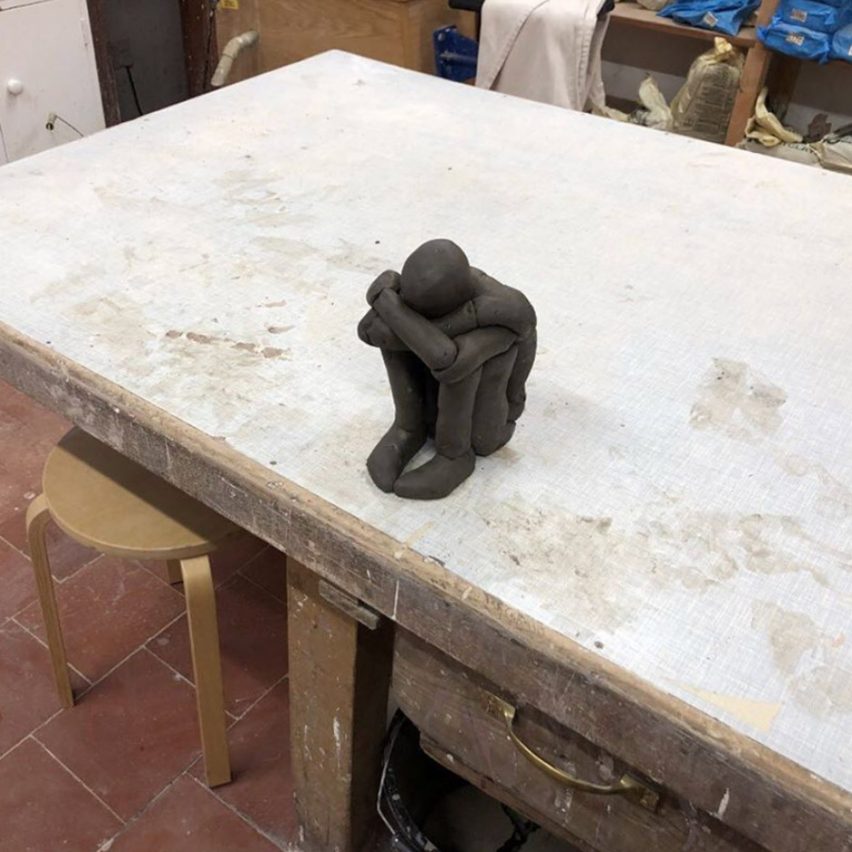
British sculptor Antony Gormley is among a handful of artists who have collaborated with White Cube gallery to document their life and work in lockdown via Instagram, in a bid to stay connected during the coronavirus pandemic.
From miniature versions of Gormley's blocky human sculptures to a sneak peak of a family activity pack that he is making, each of the Instagram snapshots aim to offer a more "intimate" insight into the artist's life.
As Susan May, artistic director at White Cube, told Dezeen, the seven-day diaries were part of the gallery's attempt to keep people connected to art and its creators at a time when they are unable to visit exhibitions.
View this post on Instagram
"When lockdown first began, it was clear we needed to think about innovative ways to try to stay connected with both our artists and audience, and digital channels are one of the best tools to achieve this," said May.
"We thought that a daily dispatch on Instagram would be a good way for followers to get a more intimate insight into our artists' lives both inside and outside of the studio, depending on where they are isolating," she continued.
"The message that we hope to send is that during these challenging times, everyone can help each other by staying connected."
View this post on Instagram
Day one at Gormley's workbench saw the artist work on a family activity he is making for the Firstsite art gallery in Colchester, England, which is putting together a free downloadable pack of activities for kids and parents staying at home.
The second day, on the other hand, saw Gormley repairing nine of the "squashed lead cases" from his One Apple artwork, which comprises 53 pieces wrapped in lead set out in a line that record the stages of the season's growth from the blossom to the fruit.
View this post on Instagram
For day three, the artist created a miniature version of his Hold sculpture from 1986 that depicts a figure crouched down on the floor cradling their head in their hands. He recreated this sculpture in 2018 from various cubic forms.
"In a way, these insights into artists' lives offer a sense of collective experience and show that art and artists can in some way try to help us make sense of the situation and, in doing so, hopefully maybe even inspire the audience to get creative themselves," May told Dezeen.
View this post on Instagram
On day four Gormley created six biscuit (also known as bisque) fired plates, and by day five the squashed lead cases he was fixing had been mended, to form complete apples.
On the penultimate day Gormley showed his process of making a dolomite-black glaze and weighing out the powdered rock, while the final day saw him create another miniature sculpture of a reclining figure from terracotta-coloured clay, titled Slip.
British artist Tracey Emin also participated in the seven-day diary series, sharing images of her paintings in progress and paragraphs of her thoughts and feelings during the lockdown.
"Today I would be happy... today I would celebrate my solitude... if I were not filled with an over powering sense of fear... A darkness... that has made me want to live more than ever," reads one entry.
Another day she shares an unfinished painting she has been working on for nearly six months, having painted over it five times before.
View this post on Instagram
Other artists that have taken part in the Instagram, diary include American artist Sarah Morris and installation artist Theaster Gates, whose previous work has seen him convert an abandoned Chicago bank into a public arts centre.
There will be more diaries to follow from Indian artist Raqib Shaw and Korean painter Park Seo-Bo.
Earlier this year, Gormley created an installation in New York's Brooklyn Bridge Park, made up of 18 kilometres of wound aluminium tubing arranged like a giant scribble.
Titled New York Clearing, the installation was designed to be an interactive public work, facing the Manhattan skyline and Brooklyn Bridge.
The post Antony Gormley shares seven-day Instagram diary of life in lockdown appeared first on Dezeen.
from Dezeen https://ift.tt/2VVRMMk





